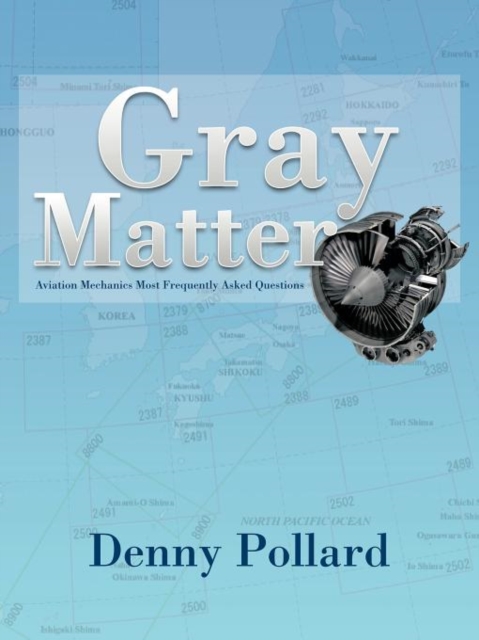To be completely frank about it, I'm increasingly aware that there are as many gray areas in aviation as there are black-and-white ones, and I'm beginning to feel as if I know less and less about what I do. I'm a trained and reasonably experienced A&P mechanic, and I'm supposed to know this airplane stuff, but my experiences are often contradictory to what I know are theoretical facts. It's frustrating, and sometimes I think I knew more back when I knew less. Or at least I thought I did. To keep an aircraft in peak operating condition, aircraft mechanics and service technicians perform scheduled maintenance to make repairs and complete inspections required by the Federal Aviation Administration (FAA). Many aircraft mechanics specialize in preventive maintenance. They inspect engines, landing gear, instruments, pressurized sections, accessories-brakes, valves, pumps, and air-conditioning systems, for example-and other parts of the aircraft and do the necessary maintenance and replacement of parts. Inspections take place following a schedule based on the number of hours the aircraft has flown, calendar days, cycles of operation, or a combination of these factors. To examine an engine, aircraft mechanics work through specially designed openings while standing on ladders or scaffolds, or use hoists or lifts to remove the entire engine from the craft. After taking an engine apart, mechanics use precision instruments to measure parts for wear and use x-ray and magnetic inspection equipment to check for invisible cracks. Worn or defective parts are repaired or replaced. They may also repair sheet metal or composite surfaces, measure the tension of control cables, and check for corrosion, distortion, and cracks in the fuselage, wings, and tail. After completing all repairs, mechanics must test the equipment to ensure that it works properly.










